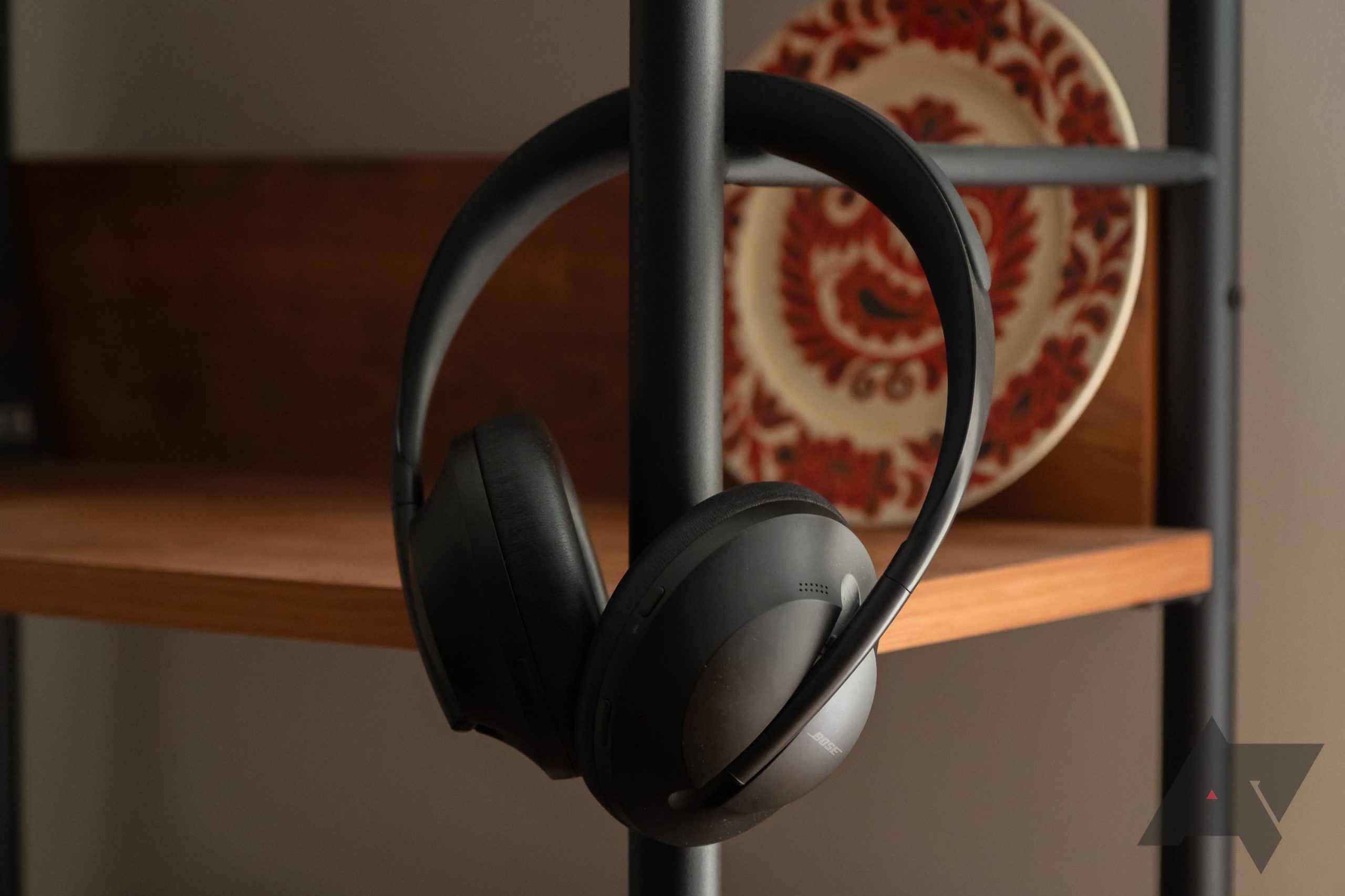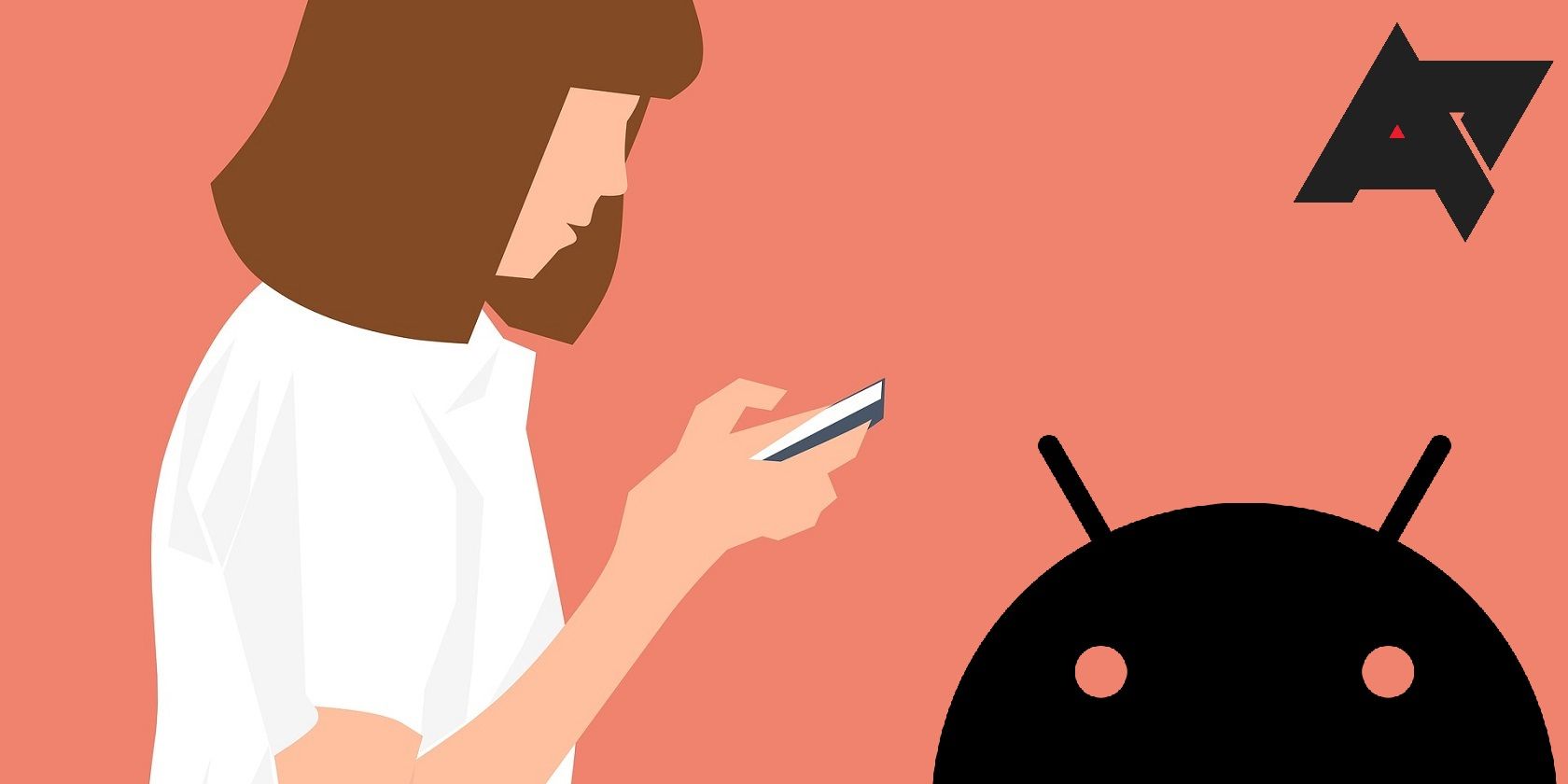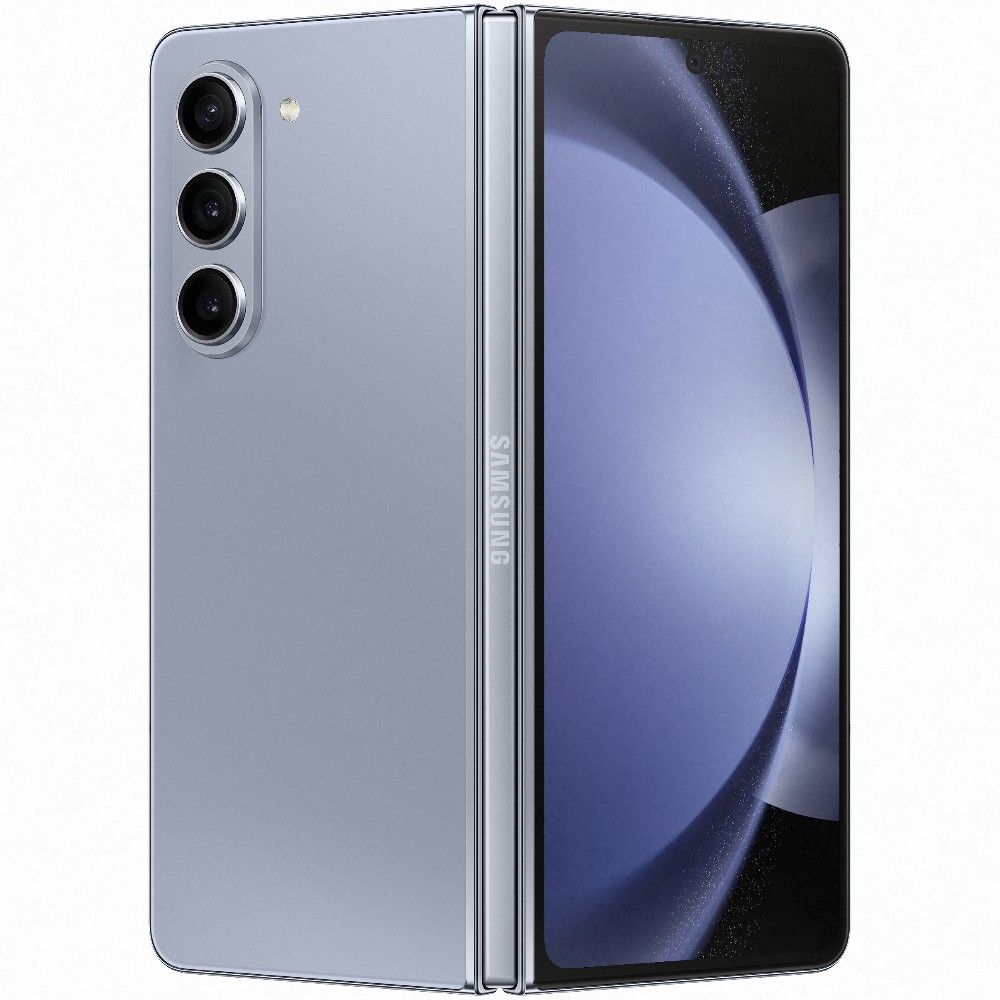Dangle in suggestions it a consequence of Moore’s regulations: technology keeps transferring forward with out missing a beat. Surely, right on memoir of your present cellular phone is faster than your final does not imply every feature, tool, or skill survived generations. Have faith how many devices — fax machines and beepers and MP3 gamers — which had been modified or rendered ancient as person electronics continued to evolve.
The identical is right of smartphones. In the fifteen years since Android became a person product, we now have seen all forms of facets come and scoot from Android — some factual, some inferior. Recount relating to the Fb button on the HTC Salsa (what a title), the replaceable modules of Motorola’s Z-series or LG’s “Mates,” or the squeezable facets of the Pixel 2. Some factual suggestions, some inferior, but all components that got right here through the evolution (and re-evolution) of Android.
With the T-Mobile G1 turning 15 on September twenty third, it is as factual a time as any to notice back on what the G1 offered merchants in 2008. Susceptible AP editor Ryne Hager already explored how that cellular phone held up as a day-to-day driver a decade later — I will no longer mediate it has been five years since that part — but what relating to the facets that disappeared from Android telephones as all of us know them? Listed right here are the ten issues traditional on the G1 that you just may perchance presumably perchance honest no longer rep on any of at the present time’s finest Android telephones.
1 Bodily navigation buttons
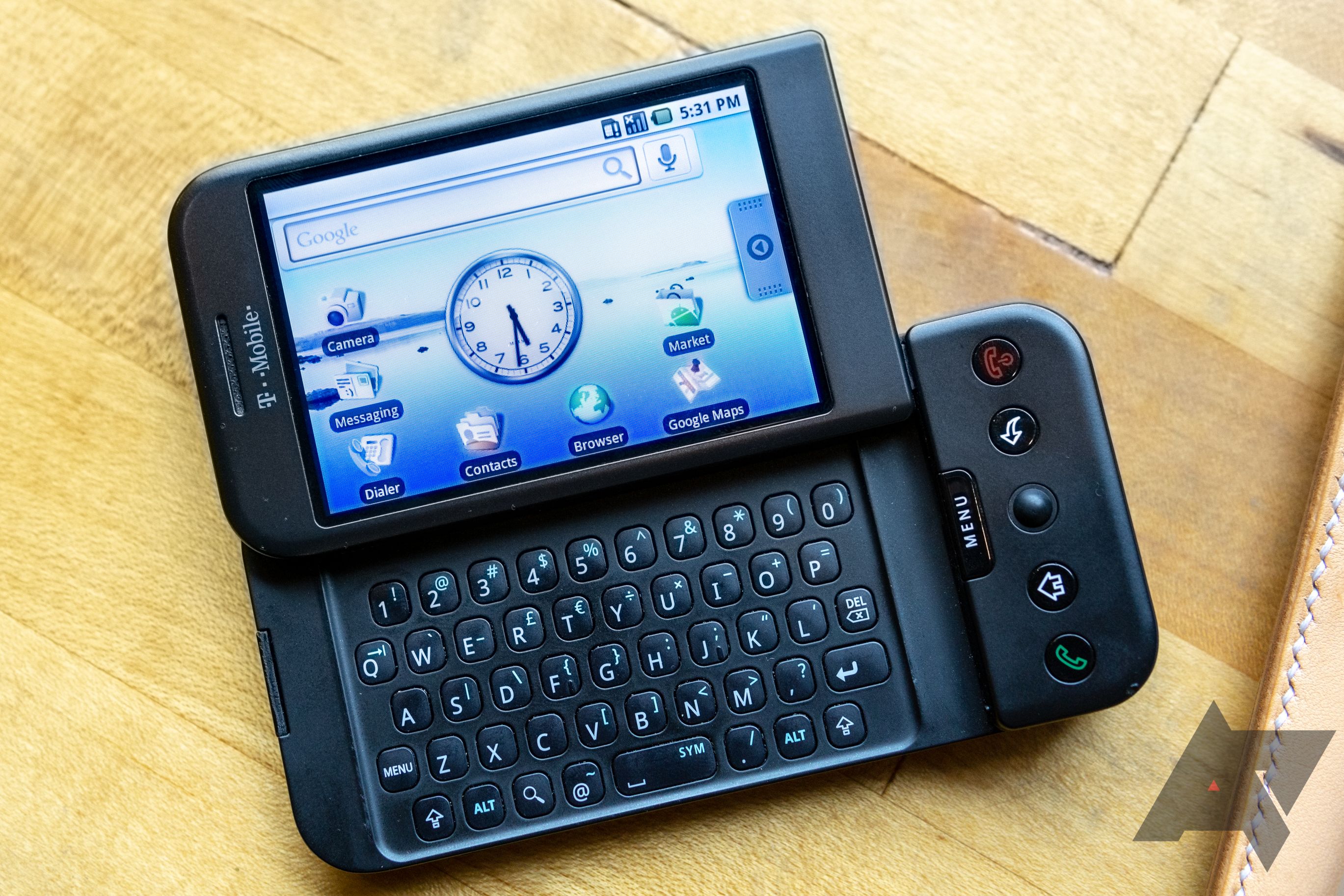
Initially look, the T-Mobile G1 — also known as the HTC Dream — has extra than about a dated components to it, but none of them are fairly as ogle-catchingly out of online page as the lineup of buttons emblazoned on its chin. Whereas bodily navigation buttons would dwell an Android mainstay for future years, it is uncommon to undercover agent this many on the front of the tool. The house, back, and menu keys had been right here from the soar, but they had been a long way from alone — or, certainly, in the relate you may perchance presumably’ve expected.
As well to to those three, the very first Android cellular phone damaged-down bodily buttons for answering and ending calls, with the latter pulling double-accountability as a vitality swap. Utilizing the terminate name button for vitality alternate choices became as soon as par for the course fifteen years prior to now, but on a smartphone with as significant of a legacy as this, it is surprising. The menu button also gets a irregular placement, taking up extra online page than any other button above the principle row.
All of these loads of buttons stand out as a rudimentary exercise in what would in the end morph into a fairly traditional layout (you realize, earlier than the transfer to on-display veil veil buttons and, in the end, gestures). But one bodily key right here stands out amongst the comfort, ample to manufacture its get part.
2 Clickable trackball
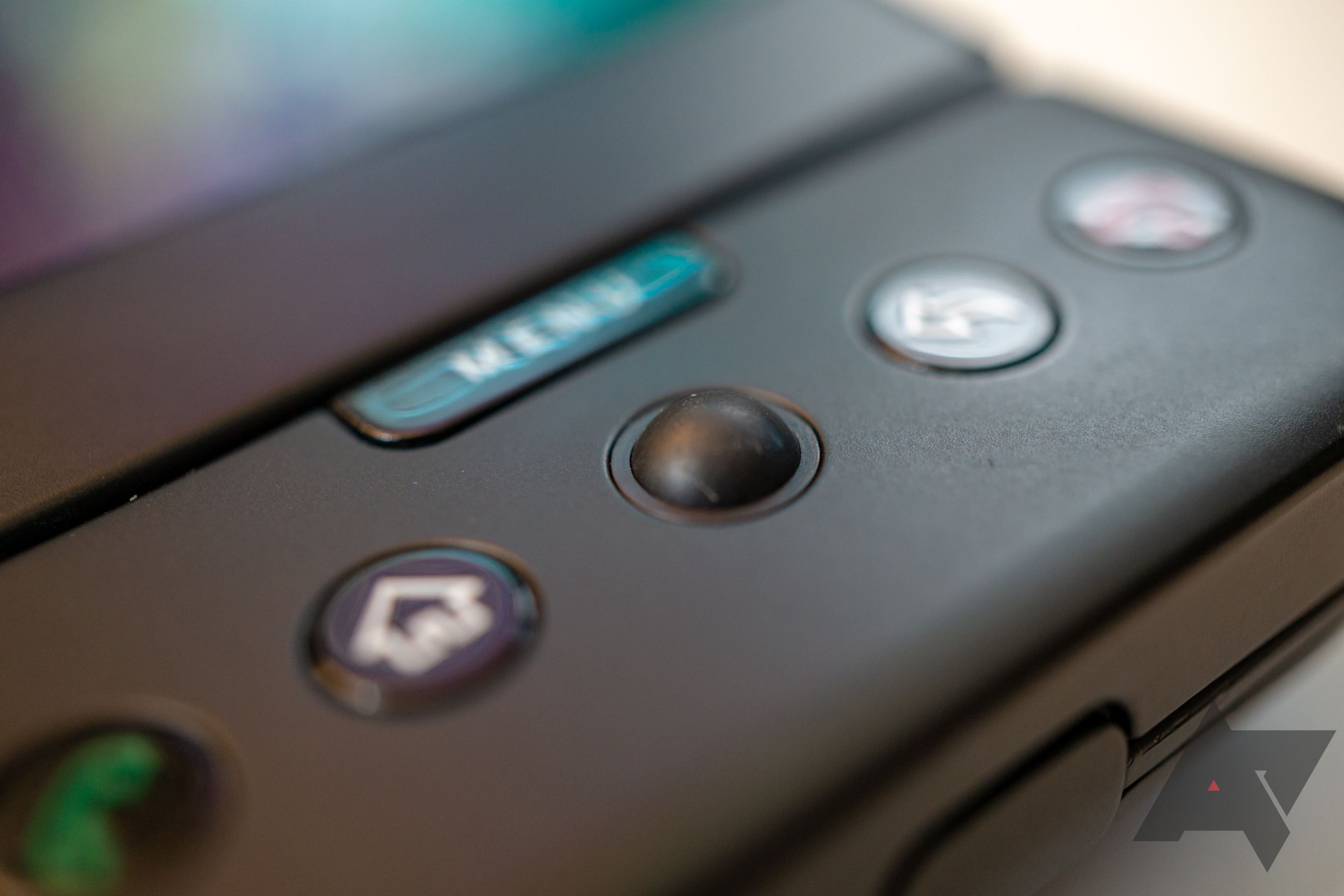
If anything on the G1 cements its jam as a dated a part of hardware fifteen years on, it is miles the trackball. Straight out of the BlackBerry playbook — and presumably a remnant of Android’s earliest jam as an instantaneous BlackBerry rival — the clickable trackball that made scrolling through internet sites or never-ending emails a hell of loads more uncomplicated. And whereas this may perchance no longer be basically top-of-the-line time we would watch this tool seem on Android devices (it is miles also smack dab for the duration of the Nexus One), it wasn’t a feature that made significant of an affect on Google’s cellular OS.
As significant as I contemplate something like this may perchance style navigating at the present time’s colossal displays honest a exiguous extra manageable, there is truly no online page for something like a trackball with new smartphone invent. And whereas that would seem like a bummer, at the terminate of the day, trackballs had been merely of their time. In the intervening time, you may perchance presumably perchance be at an advantage relying on something like a stylus for getting stuff executed with precision accuracy.
3 Replaceable battery
This one’s an easy one. Like most telephones at the time that did no longer feature fruit iconography, the G1 had a replaceable 1,150mAh battery. That is practically miniscule by at the present time’s requirements, the put a battery extra than three cases its dimension can also be criticized when shoved in a clamshell foldable, but at the time, it became as soon as par for the course for mid-2000s smartphones. But hello, if you occur to fail to see replaceable batteries, I surely have monumental files for you. Whether or no longer by replacement or by governmental stress, it may perchance presumably perchance honest no longer be long till this long-tiresome feature makes its gargantuan return.
4 Slider QWERTY keyboard
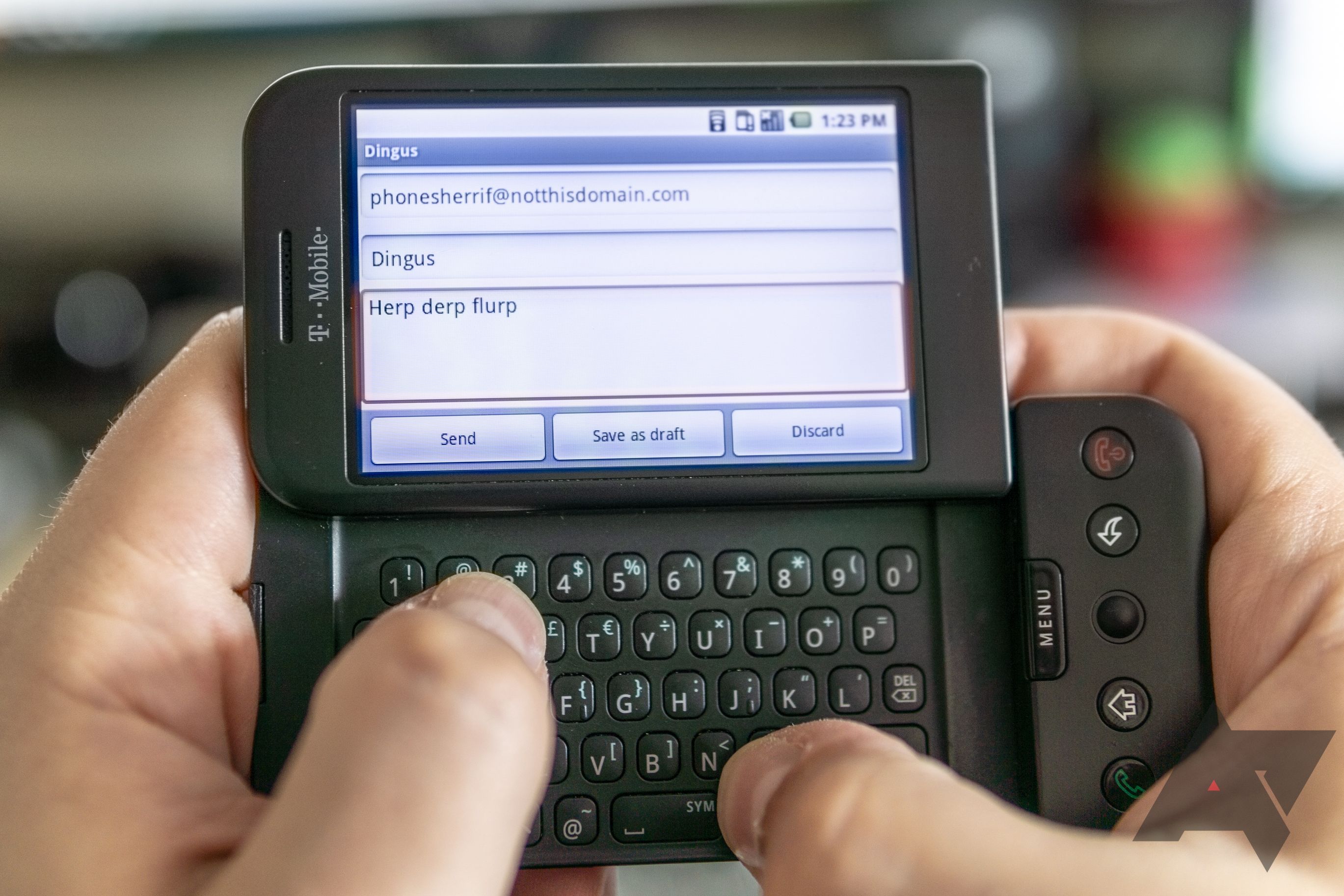
Each person knows the T-Mobile G1 had a QWERTY keyboard — it became as soon as one in every of the principle differentiators between it and the slab that became as soon as the iPhone 3G. QWERTY keyboards defined the earliest days of Android. The Motorola Droid, finally, cemented the OS as the subsequent cellular juggernaut right 300 and sixty five days later. What you may perchance presumably perchance honest no longer know (or keep in mind, no much less than) is that Android launched with none roughly virtual keyboard, leaving this slider as basically top-of-the-line manner to communicate on the scoot.
Brooding about how smartly-liked Gboard is on Android — and how valuable virtual keyboard instruments like Emoji Kitchen became — it appears nearly unfeasible that this OS arrived on the scene with out the constructing blocks for any of it. Make stronger for these keyboards — each and each legit and third-birthday party — got right here with Android 1.5 Cupcake in April of 2009, six months after the G1 landed in the palms of early adopters. Meanwhile, telephones with bodily keyboards had been relegated to enviornment of interest communities on-line. I bet you may perchance presumably perchance no longer even keep in mind the final time you noticed one in public.
5 Pocket-friendly display veil
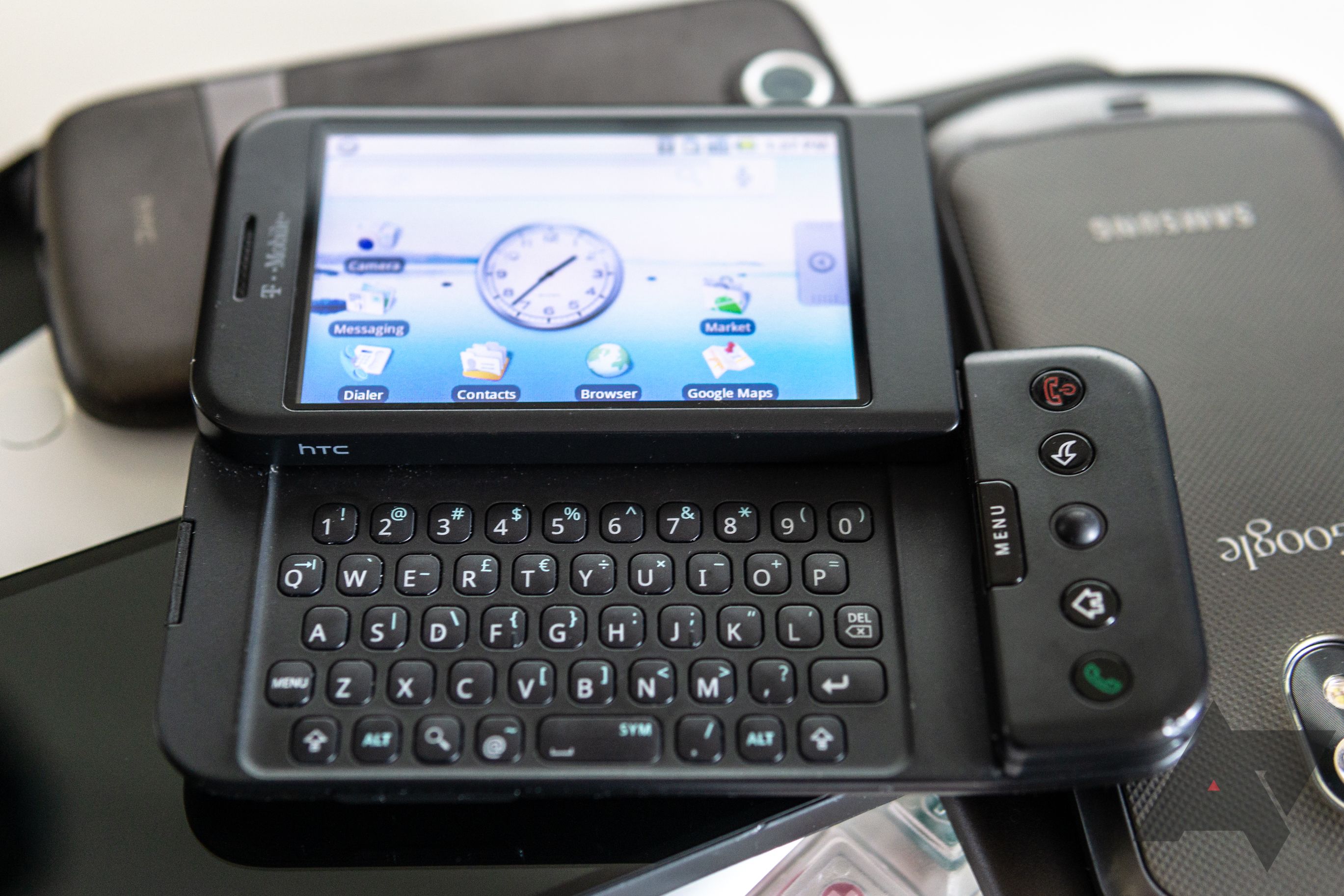
The T-Mobile G1 damaged-down a 3.2-lumber display veil. Have faith that. That is no longer right smaller than the iPhone 3G’s display veil veil — it is smaller than the irregular Palm Cell phone launched by Verizon about a years prior to now, and that tool became as soon as designed to be as small as imaginable. In the intervening time, the smallest display veil veil you may perchance presumably rep on mainstream telephones is the 4.7-lumber panel Apple’s the use of on the iPhone SE. On the Android side, the Zenfone 10 and Galaxy S23 may presumably perchance be your two finest bets — and each and each of these displays are 5.9-inches and 6.1-inches, respectively. How cases swap.
6 Expandable storage
You knew this became as soon as coming. MicroSD card slots had been an easy addition in 2008, making the tiny storage feel a entire bunch extra gigantic. The G1 got right here with right 256 megabytes of storage, a a lot sing from the 8 gigabytes incorporated in the wicked iPhone 3G model. But it absolutely did not matter, on memoir of, with the G1’s microSD card slot, your alternate choices had been never-ending.
Or, smartly, never-ending up to 16GB. That is the largest card the G1 supported, though that wasn’t out of the ordinary in 2008. Expandable storage remained an Android mainstay for roughly a decade after the G1 arrived, and even at the present time, telephones with microSD card slots are no longer out of the ordinary. But in the intervening time, you may perchance presumably perchance be in most cases tiny to no matter online page your tool ships with. No decrease than it is nearly continuously extra than 16GB.
7 Android Market — and a partnership with Amazon
Or no longer it is straightforward to fail to have in mind that the Play Store wasn’t continuously, you realize, the Play Store. Google renamed Android’s app retailer in the spring of 2012, but for the three and a half years earlier than that, it became as soon as identified as the Android Market. The wicked expertise became as soon as in total the identical — you downloaded apps and games, some free and a few paid — and, of course, an out of date version of the Market stays listed on the Play Store, promoting toughen for pills working Honeycomb.
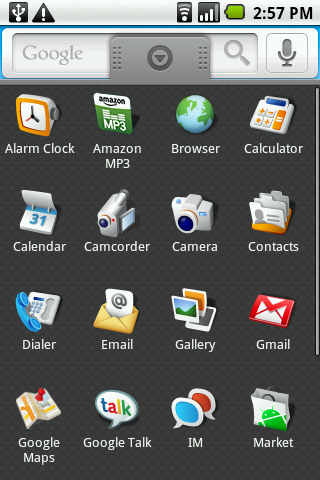
But while you occur to surely desire to focus on about a relic, the T-Mobile G1 shipped with Amazon’s MP3 retailer for getting and downloading songs. With out a retailer of its get, Google partnered with the identical company that would in the end scuttle Android off into its get fork, total with a rival app retailer of its get. But 2008 became as soon as years earlier than this warfare would rep away — no longer to mention smartly earlier than the upward push of Spotify and other rival music apps. Can have to you desired to take save to music, Amazon MP3 became as soon as the perfect manner.
8 Camera button
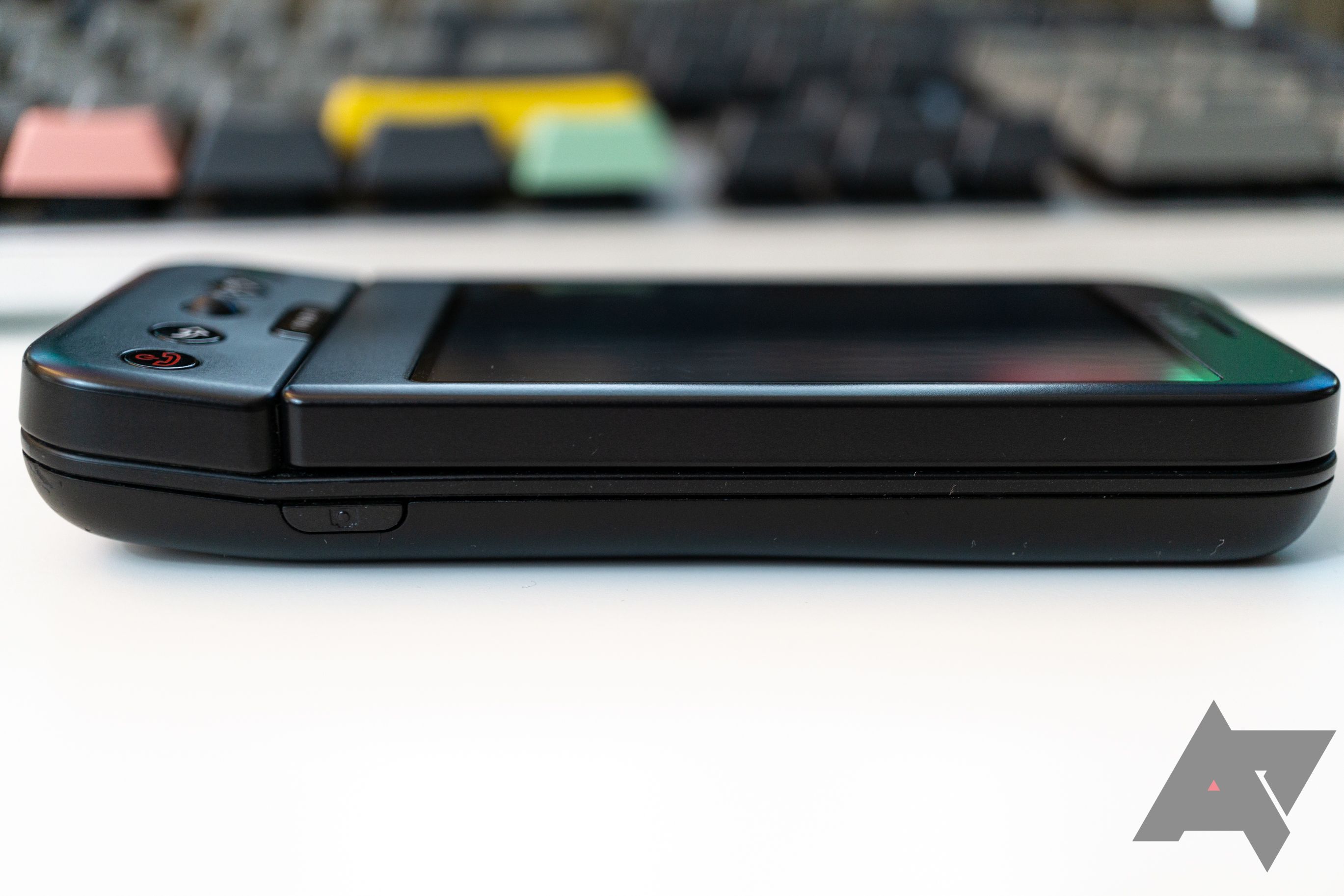
Or no longer it is there. Intellectual watch nearer.
Whereas everyone — myself incorporated — is taking into account the new Movement button on the iPhone 15 Authentic (and is no longer-so-secretly hoping it spurs a revival of additional buttons on Android telephones), the G1 had Apple and everyone else beat to the punch… model of. Whereas it wasn’t a programmable button per se, the skill to mercurial-start into the camera, total with a shutter button, became as soon as a nice (if no longer odd for the time) touch.
Later Android telephones would drop one of these key for a double-faucet shortcut assigned to the vitality button, but for my piece, I am aloof combating the factual warfare. Mutter back bodily shortcut keys, you cowards.
9 Soft touch matte function
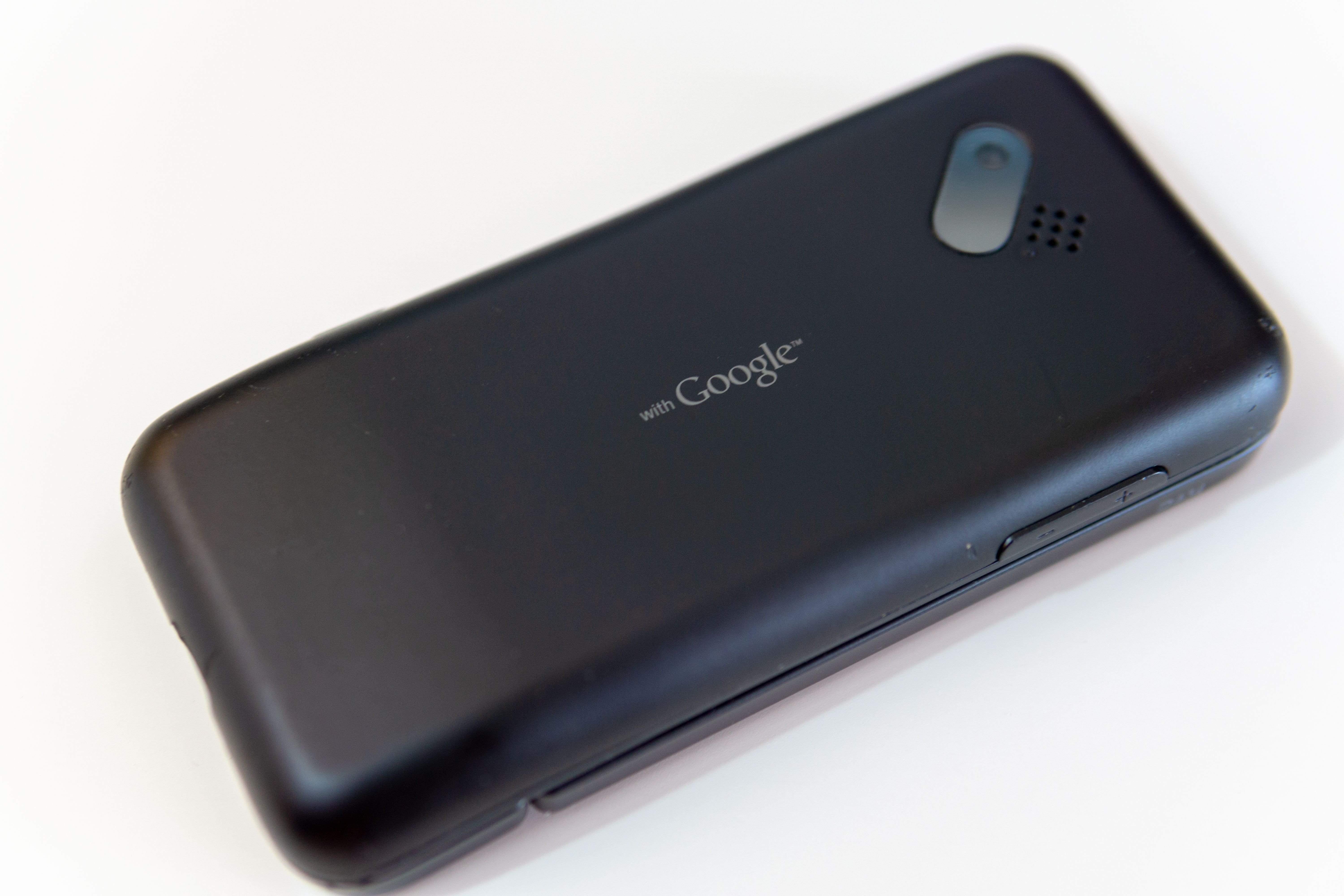
In the intervening time, in total every smartphone is a acquainted sandwich of glass and steel. Sure, the core materials may presumably swap — watch at Apple’s use of titanium — but truly, any company full of life to put some extra effort into their watch or feel is sure to rep the tech press livid. In 2008, the cellular scene felt honest a exiguous extra Wild West, and boy, can that be seen with the T-Mobile G1.
As well to to its irregular chin and the odd sliding mechanism for the keyboard, the delicate touch matte plastic is something extra and additional uncommon on 2023 smartphones. But brooding about how heavy glass and steel can feel in the intervening time — no longer to mention how frustrating it is miles if you occur to drop one in every of these behemoths — it is straightforward to fail to see the friendly feel of the G1. Matte finishes like this aloof exist, of course; are attempting the Zenfone 10’s delicate touch function if you occur to have not. But largely talking, I’ll presumably prefer to undercover agent materials (or, no much less than, finishes) like this kind a huge comeback this decade.
10 Headphone jack… no longer

Yeah, this is a fakeout. You nearly surely thought the T-Mobile G1 had a 3.5mm headphone jack, on memoir of, smartly, why would no longer it? But HTC, Google, and T-Mobile launched the very first Android cellular phone with out a headphone jack, leaving merchants reliant on — you guessed it — a dongle.
Surely, we had been a long way from the relative heydays of USB-C. As one more, HTC relied on a proprietary port called ExtUSB that became as soon as in total right Mini-USB with a honest right form. Whereas you may perchance presumably rep a dongle in the box for being attentive to your wired headphones — truly basically top-of-the-line replacement at the time, and surely basically top-of-the-line replacement you may perchance presumably desire to use — it is silly to mediate the very first Android cellular phone transport with out a headphone jack, something that will presumably perchance be the norm right ten years later.
Reading evaluations from 2008, the response to the G1’s missing port sounds loads like what we would hear from critics of the iPhone (and all of the Android devices that adopted) a decade later. Are attempting this blurb from Engadget:
One thing tells us that if you occur to may presumably perchance be buying a cellular phone that is speculated to “terminate all the pieces,” having to fiddle with some janky a part of plastic right to join your earbuds is going to rep right primitive, right lickety-split. Surely, a region of buds is incorporated with the tool, they sometimes sound about how you may perchance presumably ask — if you occur to care about audio in any admire, you may perchance presumably desire to commerce up… and you may perchance presumably perchance even be frustrated with the jack. Here’s positively a tag in opposition to the cellular phone, and a perplexing replacement for all companies full of life. If this became as soon as a ploy to promote accessories, it is probably going going to backfire.
Appears to be like HTC became as soon as right forward of its time.
Android has come a protracted manner since its earliest days
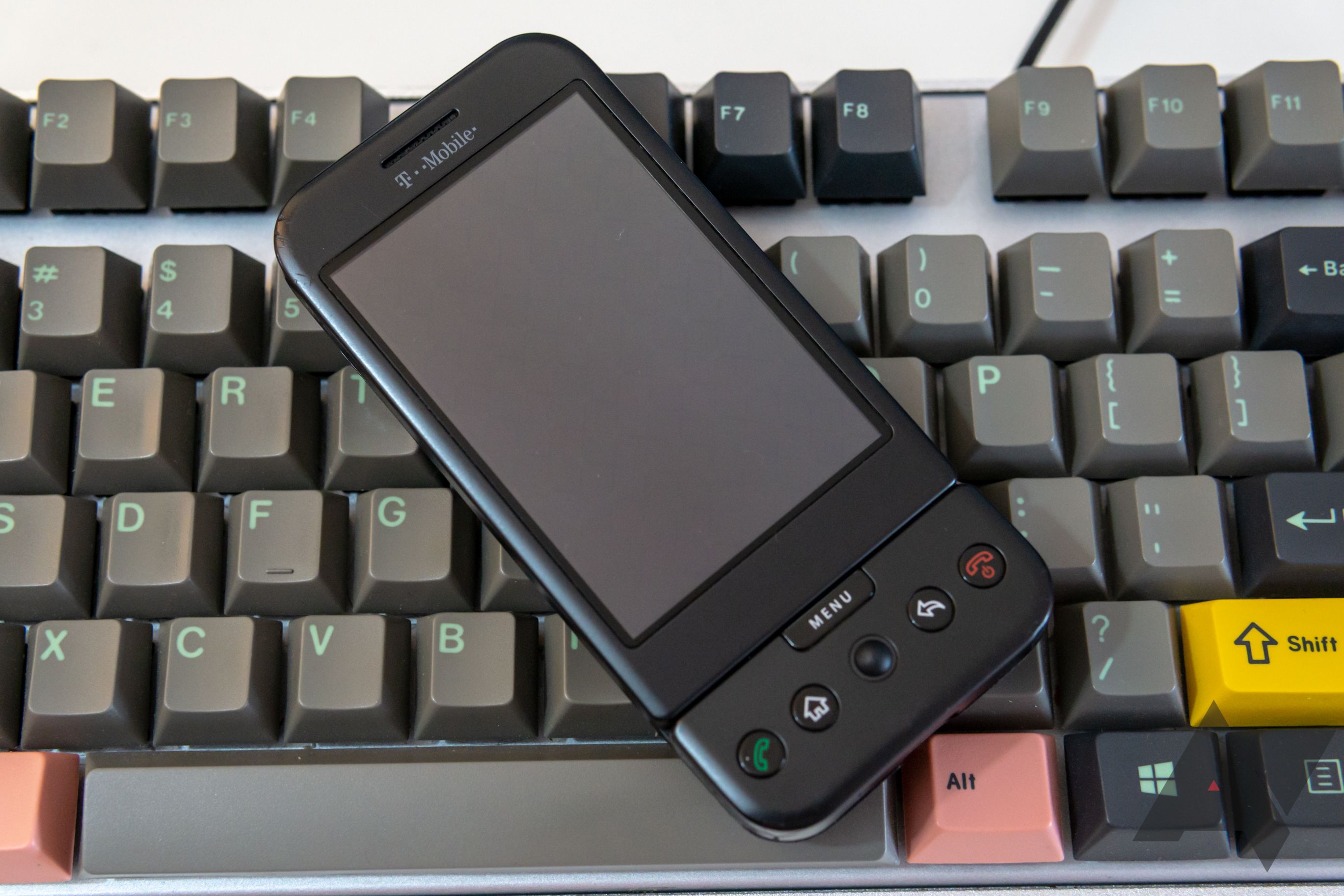
Searching over what’s missing from present telephones that you just may perchance presumably perchance be’ve stumbled on on the G1, it is obvious loads has modified in the world of Android. But whereas I am as unhappy as somebody to undercover agent camera buttons, expandable storage slots, and smaller displays largely disappear from the scene, it is grand to be too infected when many of the advancements that took their online page are, for basically the most phase, better.
Or no longer it is straightforward to be nostalgic for the previous day’s objects — I’ll presumably murder for a 2nd-gen iPod nano that supported Apple Song, frankly — but taking a watch at what we now have on the cellular scene at the present time, I contemplate it is shining to enlighten the T-Mobile G1 served its motive smartly. Whereas Android would no longer be what we are aware of it as at the present time with out the advancements first made with this cellular phone, Google’s first industrial Android hardware stays extra of a stepping stone than something worth returning to.


